More than three months and nearly 4000km later parting with the Partner was a bittersweet moment for the NZ Autocar commercial team.
Our long term test with the Peugeot Partner wrapped up in early January 2018 after we’d travelled approximately 4,000km with an overall average fuel consumption of 5.9l/100km.
While to the naked eye it might look like a typical light commercial vehicle, at heart the Partner is almost a red-blooded SUV and one of the most capacious 2 and a half seaters on the market, which we have yet driven.
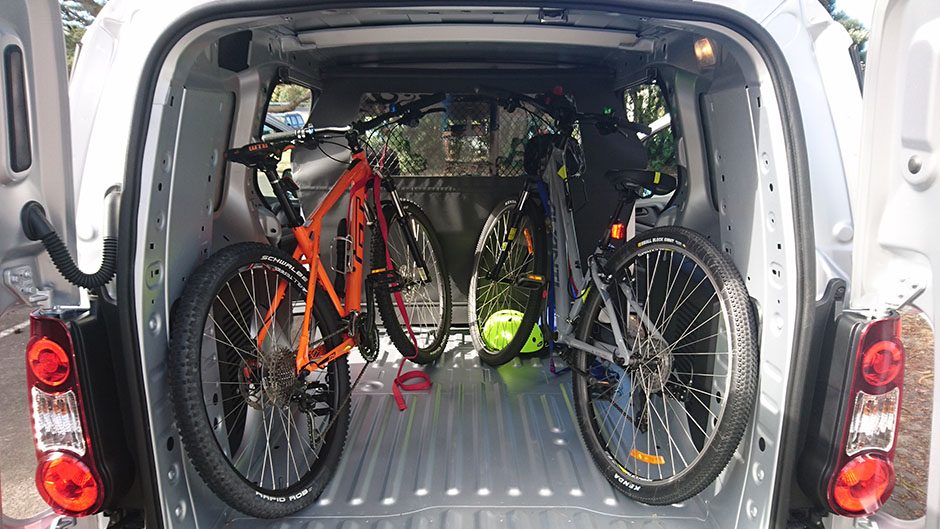
The Partner sits on the PSA Groupe PF2 platform which also underpinned the 307 and 308 hatchback family, and there is more than a passing likeness in the design of the van to it’s passenger cousins.
Using this platform endows the light commercial van with a friendly and easily used driving character, including car like steering and handling, as well as comfortable ride quality regardless of whether it’s laden to the gunnels or not.TO SAY THIS VAN IS WILLING AND ABLE WOULD BE SELLING IT SHORT
The Partner Van is fun and characterful to drive daily, and now that it comes with glazed sliding side doors, blind spots are no longer an issue as they were when it was previously supplied as a full panel van.
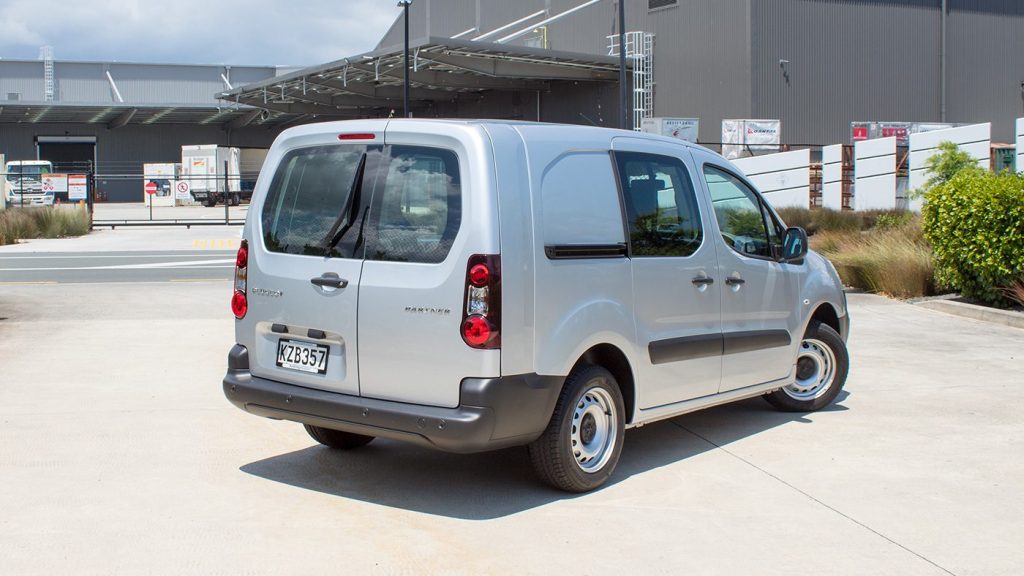
It has a higher seating position which affords a great view out the panoramic windscreen, but also provides more comfortable entry and exit for people such as delivery drivers who hop in and out of the vehicle multiple times during the working day.
NZ Autocar Commercial business manager Ian Ferguson took the Partner (and his partner, wife Shirley) on a cycling field trip to the Hauraki Rail Trail and says he was impressed with the vehicles performance on road as well as its functionality as a people and cycle carrier.
“We had booked an overnight stay at Pedlars Motel, Paeroa which sits beside the Hauraki Rail/Cycle Trail, and needed an appropriate vehicle to carry the two bikes and all our gear safely and securely,” says Ferguson.
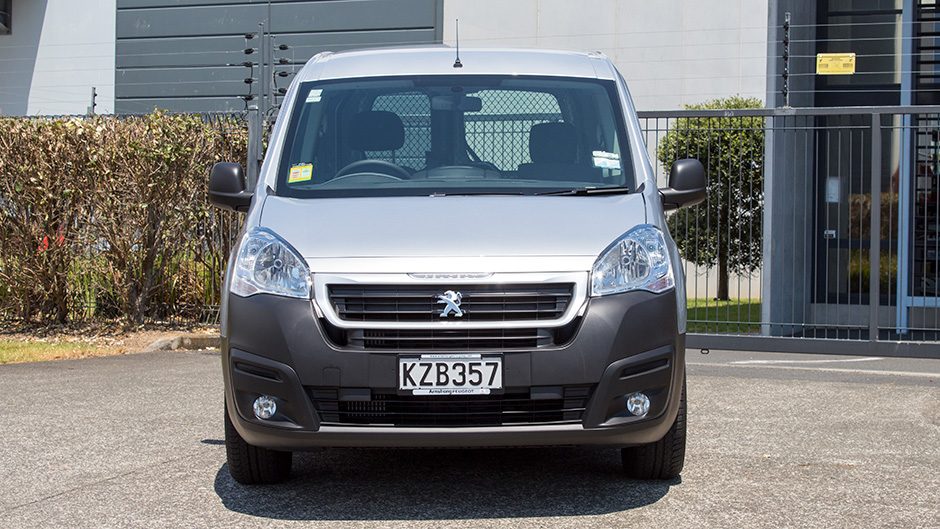
“To make the journey into a round trip, we drove south from Auckland to Tauranga to visit family and then returned north to Paeroa through the Karangahake Gorge which took another hour or so,” he says.
“We encountered wet roads and showers from Auckland all the way south until the Bay of Plenty, but the Partner wasn’t bothered by this, and the manual air-conditioning keep the windscreen clear and us comfortable in the cabin,” says Ferguson.
He says that while the Partner was filled with mountain bikes and gear in the cargo area it was not heavily laden, so he was able to complete most of the drive down the Auckland motorway system and state highways in fifth gear for best economy.
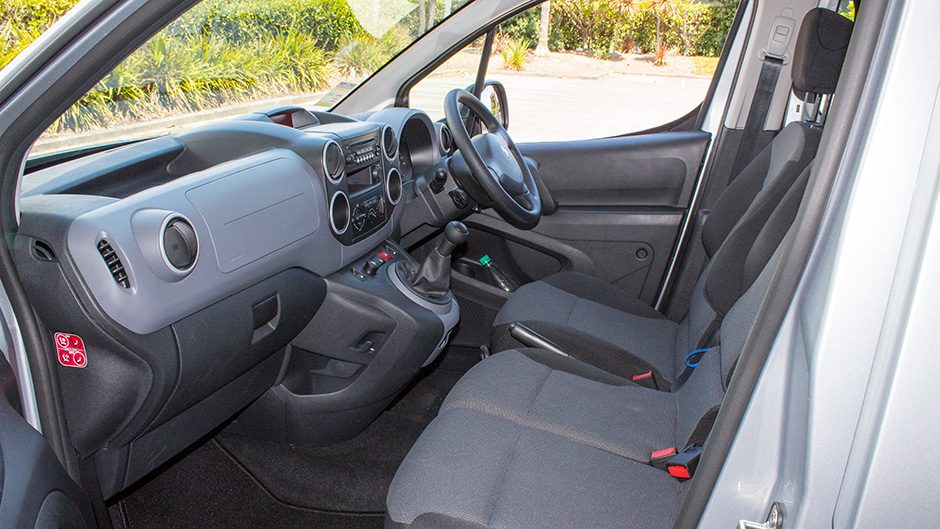
“Turning off on to open roads between the major highways gave me the opportunity to experience the chassis which was most capable, if not better, than some vehicles which cost twice the money of the Peugeot,” says Ferguson.
“To say this van is willing and able would be selling it short as we found the performance, handling and braking fantastic, especially for something so utilitarian and functional,” he says.
“The Partner was so sure footed in the conditions we struck on our trip, we nicknamed it the mountain goat (MG for short), while the torque of the turbo diesel made quick work of passing the people dithering about.
“What is it with Kiwis and their inconsistent speed on the open road?” he asks.
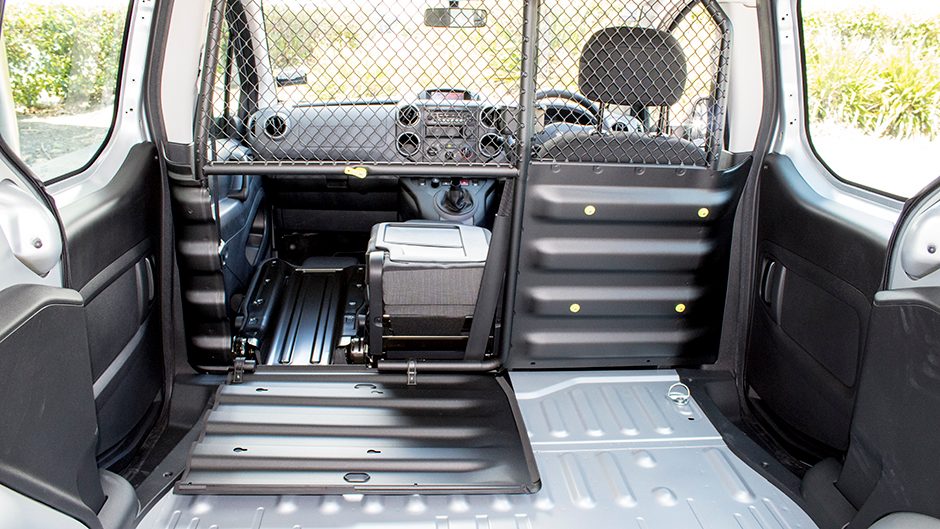
“We have previously done mountain bike trips away before, but always with a bike carrier mounted onto the rear tow bar of our vehicle. This was always a constant worry as the bikes are exposed to the elements and also the vibration of many miles on the open road could see you arrive at your destination with an unserviceable bike,” says Ferguson.
Ferguson says security of bikes mounted to a vehicle in this manner is also an issue as it opens up the opportunity of theft whenever people stop for a rest break or for fuel.
“Having the two mountain bikes loaded and locked up in the van is such a relief when you have to make a stop somewhere and the tie down points on the Partner’s rear cargo floor are a great way to secure the load safely,” he says.
“We used standard load straps over the tops of the bikes front suspension brackets and they didn’t need any attention during the trip in the Partner,” says Ferguson.
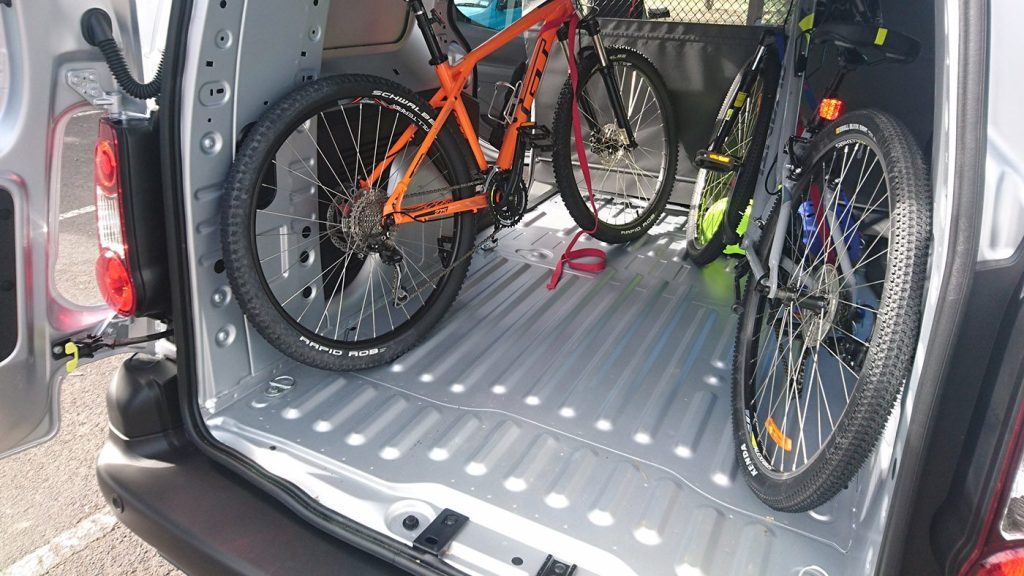
Even though the automotive world is now full of automatic and CVT gearboxes, Ferguson says the Peugeot’s five-speed manual gearbox is a dream to shift even in slower traffic, such the Auckland motorway on a Sunday afternoon when it turns into a car park.
“Coming back from a 551km weekend away we pulled into our driveway in awe of the little van that had allowed us to have so much fun, and we thought why don’t we get one of these for recreational purposes instead of the usual SUV?”
Ferguson says it turned out the fun was not very expensive, because when he refilled the Partners fuel tank it swallowed up 31.7 litres of diesel, which he calculates an average return of 5.6 litres per 100km.
“It looks like most people should get a full tank range of 850 to 900 kms in everyday use,” says Ferguson.
| Model | Peugeot Partner Active HDi LWB Van | Price | $26,990 |
| Engine | 1560cc, 4-Cylinder, 66kW/215Nm | Drivetrain | 5-speed manual |
| Fuel Use | 5.5L/100km | C02 Output | 0g/km |
| 0-100km/h | 0.00 sec | Weight | 1401kg kerb weight |
| Service | 20,000km intervals, 3 year / 150,000km warranty | Load | 3.7m3 volume, 2050m length, m height |
| Vitals | 2130kg GVM, 750kg payload | Vitals | 1000kg towing capacity |


